Ever feel tight, sore, or stiff after a workout? Myofascial release might be the game-changer your muscles need for faster recovery and better flexibility.
Many people experience muscle tightness that stretching alone can’t seem to fix. The culprit? Fascial restrictions—deep knots and adhesions that limit movement and cause discomfort.
This is where myofascial release comes in. It’s a simple, science-backed manual therapy that helps release muscle tension, improve flexibility, and speed up recovery—all without needing an expensive physical therapist.
I learned about self-myofascial release in 2014 when I was plagued with some bad low back pain. Along with infrared light therapy, it eliminated my pain. Now I practice myofascial release every day as a part of my quick morning routine that I will share with you in a video below.
But if you have no idea what it is, keep reading! I’m going to break down what myofascial release is, why it’s essential for your body, and how to do it using foam rollers and trigger point massage balls (spoiler: the ball is a game-changer for deep knots!).
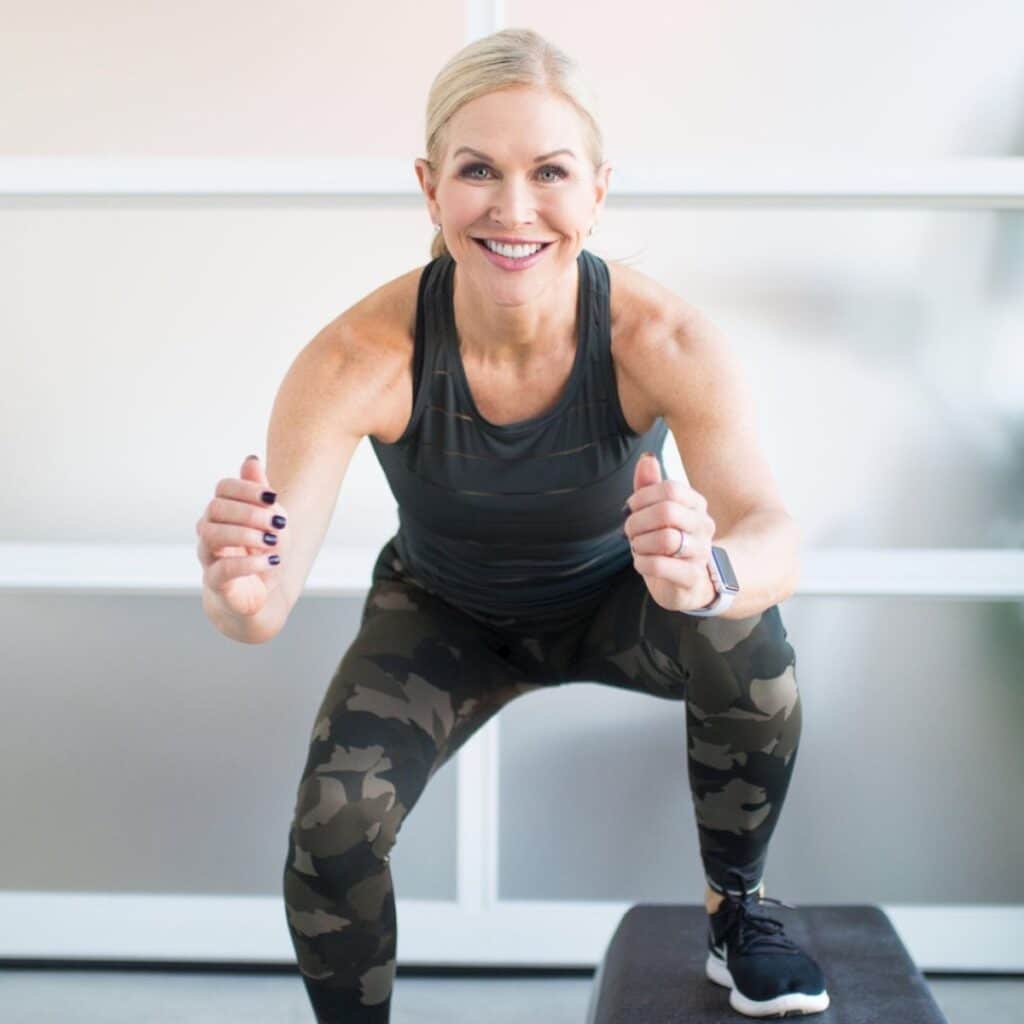

What Is Myofascial Release?
Your body is wrapped in a web-like connective tissue called fascia, which surrounds your muscles, joints, and organs. When fascia gets tight due to stress, repetitive movements, poor posture, or intense workouts, it creates knots, stiffness, and pain.
Myofascial release is a hands-on technique that uses gentle, sustained pressure to loosen these tight spots, restoring natural movement and reducing discomfort.
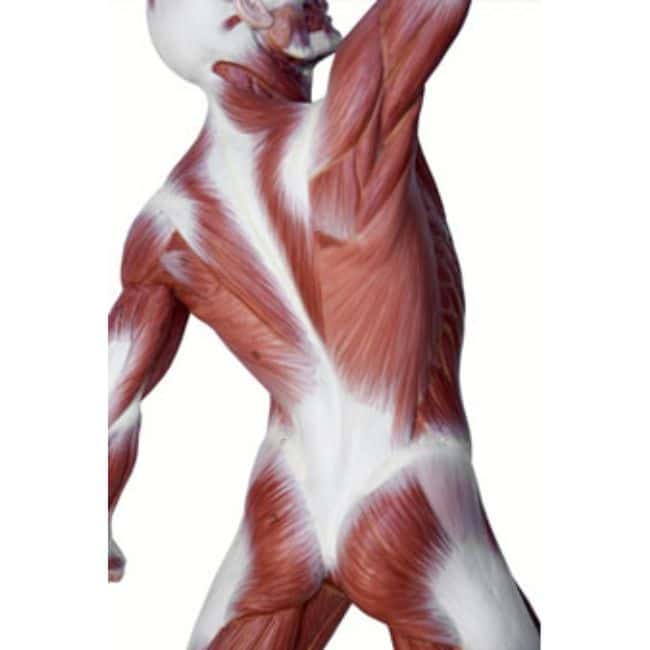

How Self Myofascial Release Works
Unlike traditional stretching (which lengthens muscles), myofascial release targets trigger points—small, tight areas in the fascia that can cause pain and restrict range of motion.
- Applying pressure with tools like foam rollers and massage balls helps:
- Increase blood flow
- Reduce muscle soreness
- Improve range of motion
- Break up adhesions in the fascia
Think of it like untangling a knot in a shoelace—instead of pulling harder (stretching), you work directly on the knot to loosen it.
5 Benefits of Myofascial Release for Recovery & Flexibility
Whether you’re an athlete, an active walker, or simply someone who experiences muscle tightness from sitting too much or daily stress, myofascial release therapy is one of the most effective ways to keep your body feeling loose, strong, and pain-free.
Let’s talk about some of the amazing benefits!
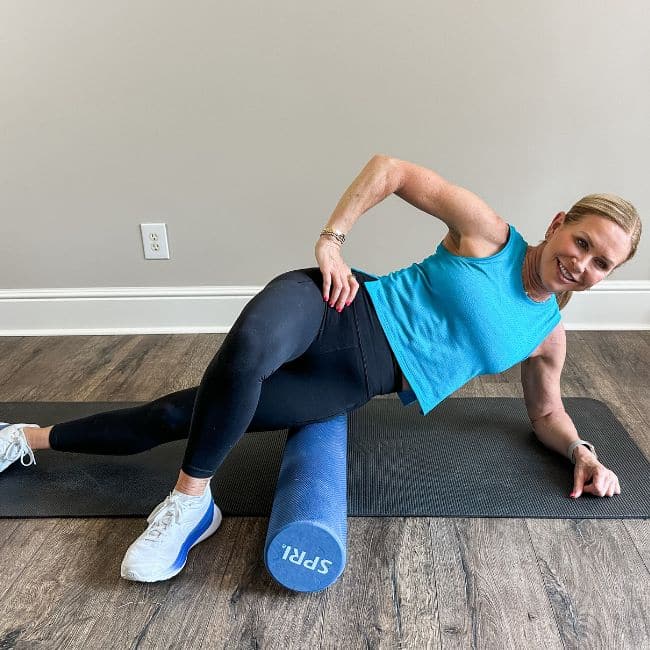

1. Speeds Up Muscle Recovery & Reduces Post-Workout Soreness Faster
After exercise, your muscles experience micro-tears, which is part of the normal repair and strengthening process. But when fascia tightens around those muscles, it can trap tension and prolong soreness.
Myofascial release accelerates recovery by:
- Breaking up knots and adhesions that restrict movement.
- Increasing blood circulation, which flushes out lactic acid and delivers nutrients for faster healing.
- Allowing your muscles to return to their natural, relaxed state more quickly.
This means less soreness, better mobility, and a faster return to your favorite workouts!
2. Increases Flexibility & Mobility Helping You Move Freely Without Stiffness
Tight fascia can limit your range of motion—making it harder to bend, twist, squat, or even reach overhead comfortably.
By regularly performing self-myofascial release, you are:
- Unbinding restrictions in your fascia, which allows for smoother, more fluid movement.
- Helping your muscles lengthen properly, so they don’t feel stiff or restricted.
- Improving joint mobility, making everyday activities (like walking, yoga, or lifting groceries) feel effortless.
Many people think flexibility only comes from stretching, but myofascial release is the missing piece that helps unlock true mobility and can relieve chronic pain.
3. Prevents Injuries Keeping Your Muscles Balanced & Healthy
When fascia becomes too tight, it pulls on surrounding muscles and joints, creating imbalances that can lead to pain or injury.
Regular myofascial release helps:
- Even out muscle imbalances, reducing strain on weaker areas.
- Prevent compensation patterns (e.g., if your right hip is tight, your left side won’t overcompensate).
- Decrease the risk of overuse injuries, like runner’s knee, IT band syndrome, and lower back pain.
Think of it as body maintenance—just like changing the oil in your car, keeping your fascia loose prevents breakdowns before they happen!
4. Improves Circulation & Reduces Inflammation Helping You Heal Faster & Feel Better
Poor circulation can lead to stiff, achy muscles, fluid retention, and sluggish recovery.
By breaking up fascial adhesions, myofascial release:
- Boosts blood flow, delivering oxygen and nutrients to tired muscles.
- Helps flush out toxins and metabolic waste, reducing soreness and inflammation.
- Stimulates the lymphatic system, which supports immune function and tissue repair.
This natural detox effect can leave you feeling lighter, looser, and more energized.
5. Relieves Tension & Stress Helping to Calm Your Nervous System
Tension isn’t just physical—it’s neurological. Stress, anxiety, and poor posture can cause fascia to tighten and hold onto tension, making you feel stiff and fatigued.
Myofascial release activates the parasympathetic nervous system, helping you:
- Relax and release stored tension from stress and poor movement habits.
- Reduce muscle guarding (when your muscles stay involuntarily tensed due to stress).
- Improve breathing patterns, which naturally relaxes tight fascia.
Many people instantly feel calmer after a session because they’re releasing not just physical tension, but mental stress stored in their body.
If you struggle with stress, explore the tips I used to reduce stress from everyday life.
Why You Should Add Myofascial Release To Your Self Care Routine
Most importantly—myofascial release is simple, effective, and accessible. You don’t need an expensive massage to experience these benefits. With just a foam roller or a trigger point massage ball, you can take control of your recovery, flexibility, and overall well-being in just a few minutes a day.
Anything you can do yourself at home to take care of your body is key to longevity. It’s not easy or affordable to schedule weekly massages or chiropractor appointments. But if you can do pain management at home, you’ll be better off in the long run.
If you’re new to myofascial release, start with just 5-10 minutes a day and notice the difference in how your body moves and feels!
My Exact Myofascial Release Routine
I use myofascial release every morning with a massage ball to loosen the tension in my fascia and muscles surrounding my low back and along my Quadratus Lumborum.
I lay on my bathroom floor with a mat and just do my 5-10 minutes of my own physical therapy along with deep breathing.
At my age, it’s pretty common to wake up with a stiff or tight back. For the past 10 years it’s been my preventative therapy, and it works! I never skip a day because I know the worth of consistency.
I’m sharing the benefits of self-myofascial release in this video and hoping to convince you to add it to your daily routine too. Check it out!
While you can do myofascial release with your hands, it’s not easy, especially on your own body. Using the right tools makes a huge difference in effectiveness.
These are my recommendations, and the products I use myself:
1. Foam Roller: The Go-To for Large Muscle Groups
A foam roller is great for a full-body release, but it might not dig deep enough into stubborn knots.
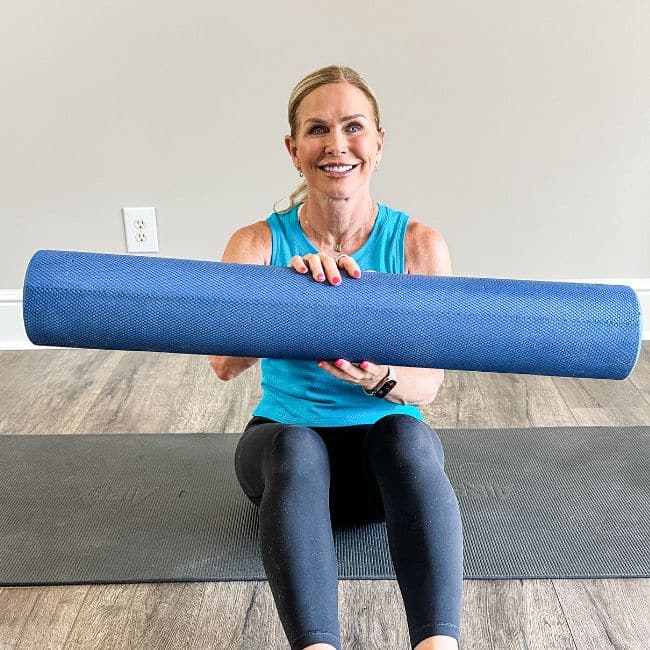

Best for: quads, hamstrings, calves, upper back, and glutes.
How it works: rolls out broad areas of tightness.
Downside: it doesn’t reach deeper trigger points as well as a massage ball.
2. Trigger Point Therapy Massage Ball: The Ultimate Knot Buster
For targeting stubborn knots, a massage ball is more effective than a foam roller. It isolates pressure on tight areas that a roller simply can’t reach and you don’t want to roll directly over your spine which is really a series of bones and joints.
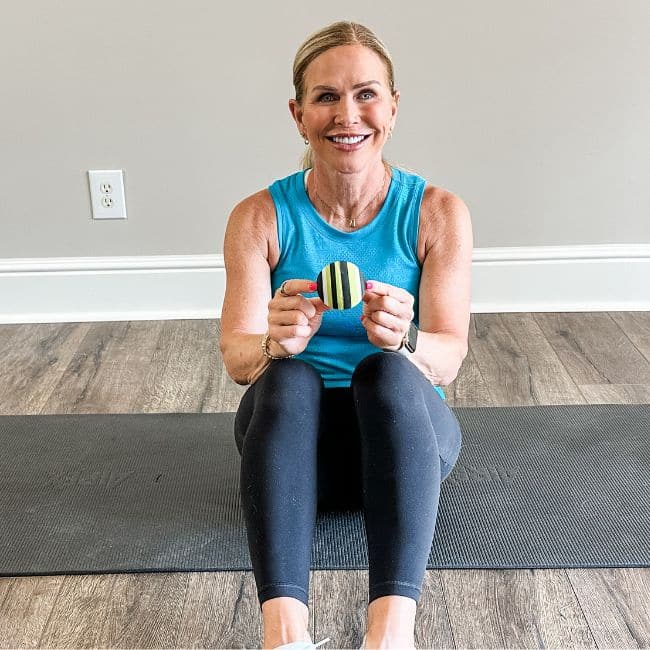

Best for: deep knots, small tight areas (shoulders, glutes, feet, hips and around the low back).
Why it’s better for knots: applies precise pressure to break up adhesions.
How to use it: roll against a wall or floor to pinpoint tight spots. See my video above for how I use the massage ball.
3. Peanut Ball: A Step Up from a Standard Massage Ball
Peanut balls are a powerful tool for myofascial release, designed to target muscle tension with precision. Their unique shape—two balls fused together—helps cradle the spine, making them ideal for relieving tightness in the neck, upper back, and along the spine without putting direct pressure on the vertebrae.


Best for: deep tissue work focusing on spine mobility.
Why it works: a peanut ball is great for rolling along the spine. It’s basically like two massage balls at once with a space in-between so you can do both sides of the spine at the same time. They also work well for releasing tension in the glutes, hamstrings, and calves.
How to use it: apply gentle pressure, rolling over tight areas.
How to Do Myofascial Release (Step-by-Step Guide)
Myofascial release is all about applying gentle, sustained pressure to tight muscles and fascia to help reduce tension and improve mobility. Whether you’re using a foam roller, a lacrosse ball, or a peanut ball, following the right technique is key to getting the best results.
Below, you’ll find a step-by-step guide to help you safely and effectively release tight spots for better movement and recovery.
1. Foam Rolling for Full-Body Recovery
Foam Rolling Instructions:
- Place the foam roller under the target muscle group.
- Slowly roll up and down, pausing on tight spots.
- Hold pressure for 20-30 seconds before moving on.
Tip: Move slowly—rushing won’t give your muscles time to release!


2. Trigger Point Release for Knots & Deep Muscle Tension
Trigger Point Release Instructions:
- Place the massage ball under the tight area.
- Apply gentle pressure, holding until the muscle relaxes.
- Make small, controlled movements for a deeper release.
Tip: If it feels too painful, ease off slightly. You should feel a “good hurt,” not sharp pain.
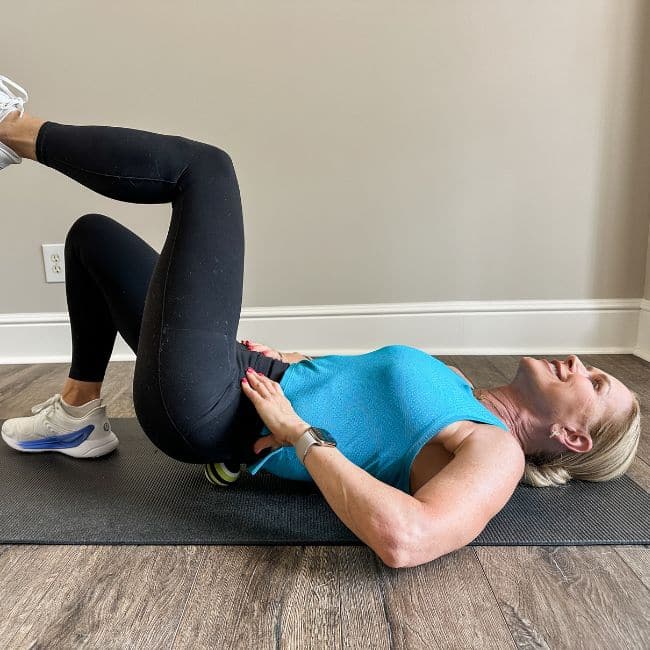

3. Peanut Ball for Spinal Mobility
Peanut Ball Instructions:
- Lie on your back with the peanut ball positioned on either side of your spine.
- Gently rock side to side and move forward and back.
- Focus on slow, controlled breathing.
This technique helps correct posture and reduce tension from hunching over screens.
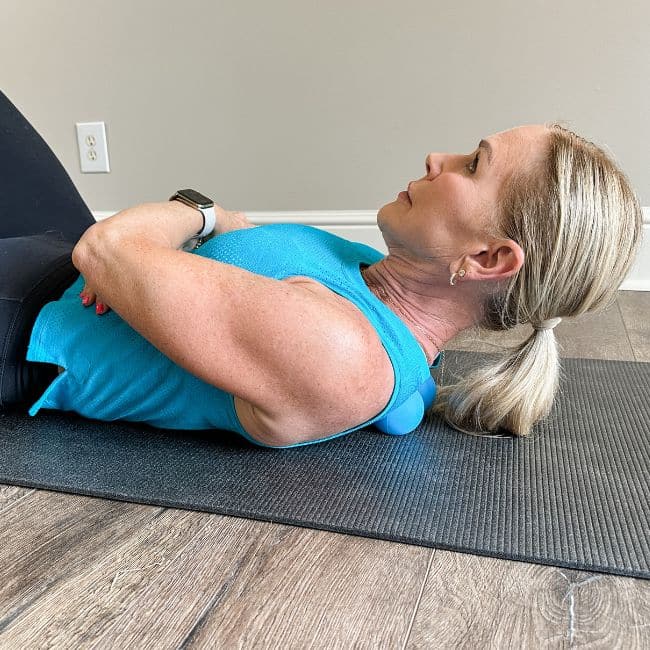

Common Myofascial Release Mistakes & How to Avoid Them
Avoiding common mistakes—like rolling too quickly, applying too much pressure, or neglecting proper breathing—can make a huge difference in how effective your myofascial release routine is.
Here are the most common myofascial release mistakes to avoid:
- Rolling too fast: Go slow for deeper release.
- Pressing too hard too soon: Ease into it; pain doesn’t equal better results.
- Skipping breathing techniques: Exhale deeply while applying pressure to relax muscles faster.
- Using a tennis ball or a lacrosse ball: Yes both of these can work but for most people, the tennis ball is a little too soft and the lacrosse ball is a little too firm. You can be the judge of that with your own body but the massage ball is specifically made for this type of body work on soft tissue.
How Often Should You Do Myofascial Release?
I do my myofascial release routine every morning before I even have my coffee. It’s an important part of my back pain prevention strategy that keeps me mobile and active!
I recommend doing SMRT daily for tight muscles, and three to four times per week for maintenance.
The best time of day is the time when you will be most consistent. I prefer to do mine in the morning, but many people like to do it after workouts or before bedtime.
Take Charge of Your Recovery & Mobility
Muscle tightness and stiffness don’t have to slow you down. Myofascial release is an easy, effective way to improve flexibility, prevent injuries, and relieve tension.
If you’re just starting out, try using a foam roller for larger areas and a trigger point massage ball for stubborn knots. You’ll be amazed at how much better you feel!

